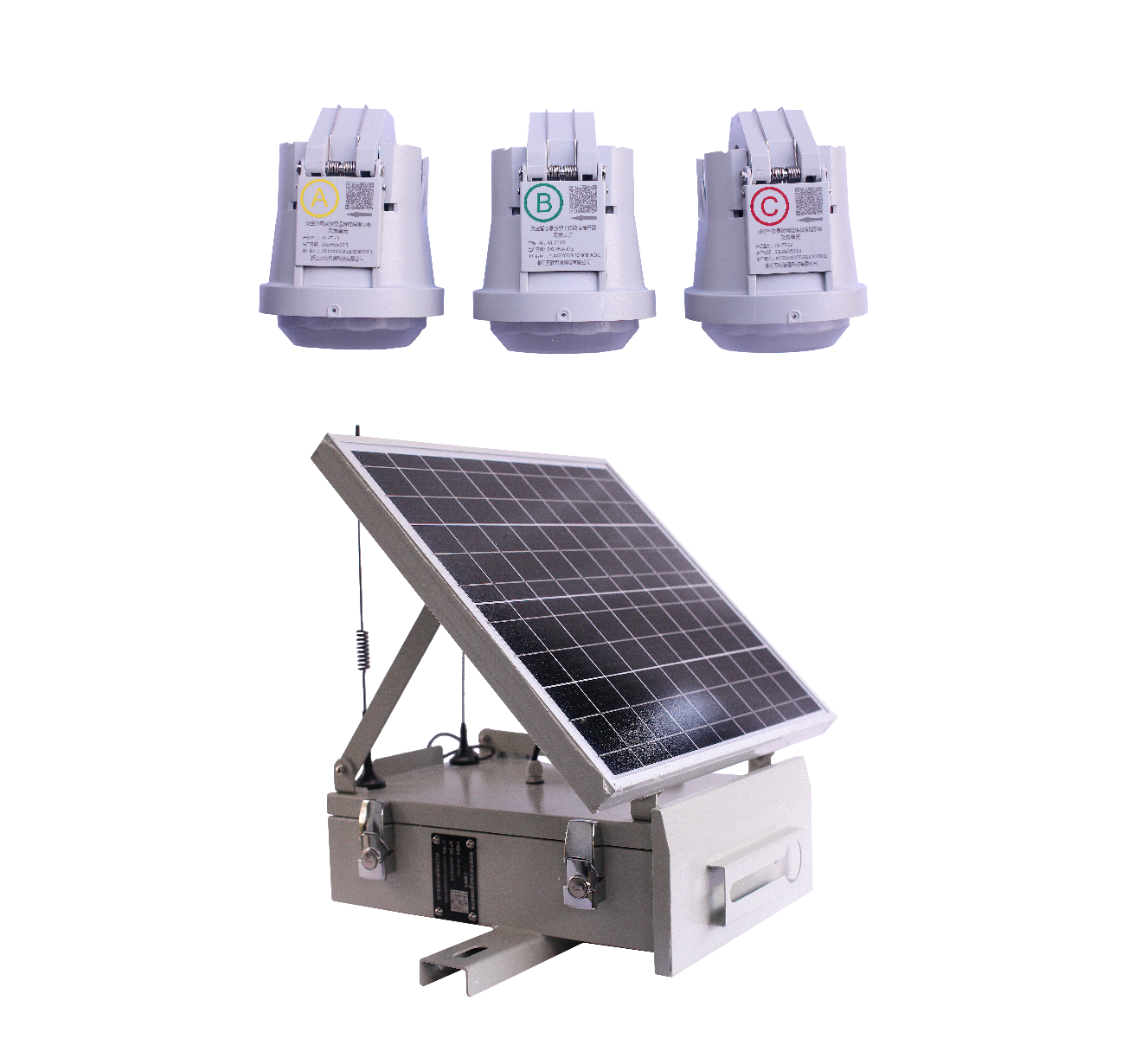

1) High-Resistance Ground Fault Detection: By employing high-precision waveform recording technology, it captures the faint transient signals of high-resistance ground faults, achieving highly sensitive detection.
2) High-Precision Sampling: Utilize high-speed sampling technology (typically at the MHz level) to record the transient current and voltage waveforms at the moment of fault occurrence.
3) Fault Waveform Recording: Preserve the complete waveform data before and after the fault for subsequent analysis and fault diagnosis.
4) Multi-Channel Waveform Recording: Support synchronous waveform recording of multiple signals (such as three-phase current, zero-sequence current, voltage, etc.), providing comprehensive fault information.
5) Fault Distance Estimation: Based on waveform data and combined with line parameters, it estimates the distance to the fault point.
6) Remote Transmission of Waveform Data: Upload detailed information such as fault waveforms, fault types, and fault times to the backend system for further analysis.
7) Fault Data Recording: Record data such as the time, type, and waveform of the fault occurrence for subsequent analysis and fault diagnosis.
8) Fault Type Identification: Automatically identify fault types (such as short circuit, ground fault, line break, etc.) through waveform data and intelligent algorithms.
9) Fault Cause Analysis: Assist in analyzing the causes of faults (such as lightning strikes, tree contact with lines, etc.) by combining waveform characteristics and historical data.